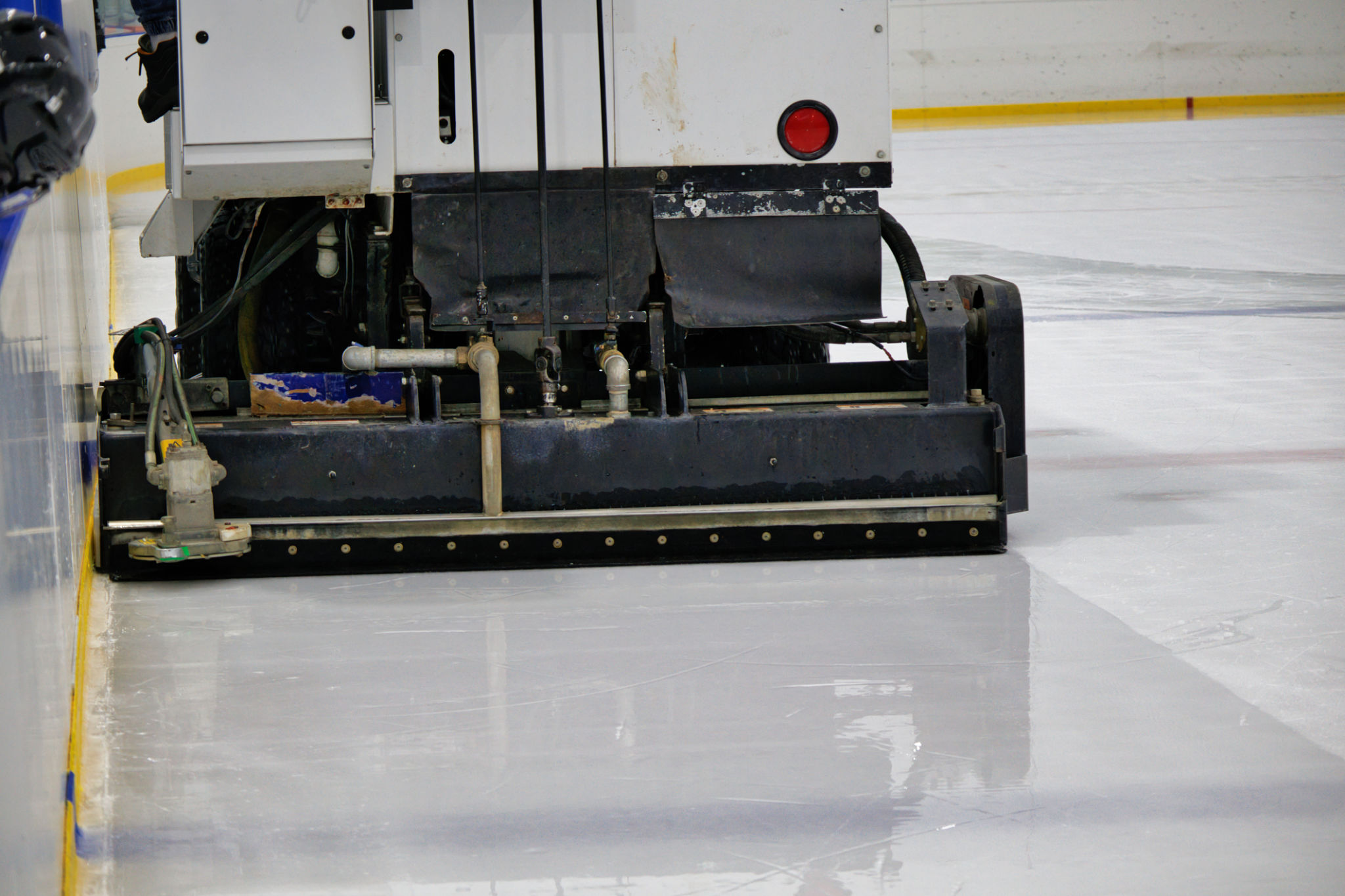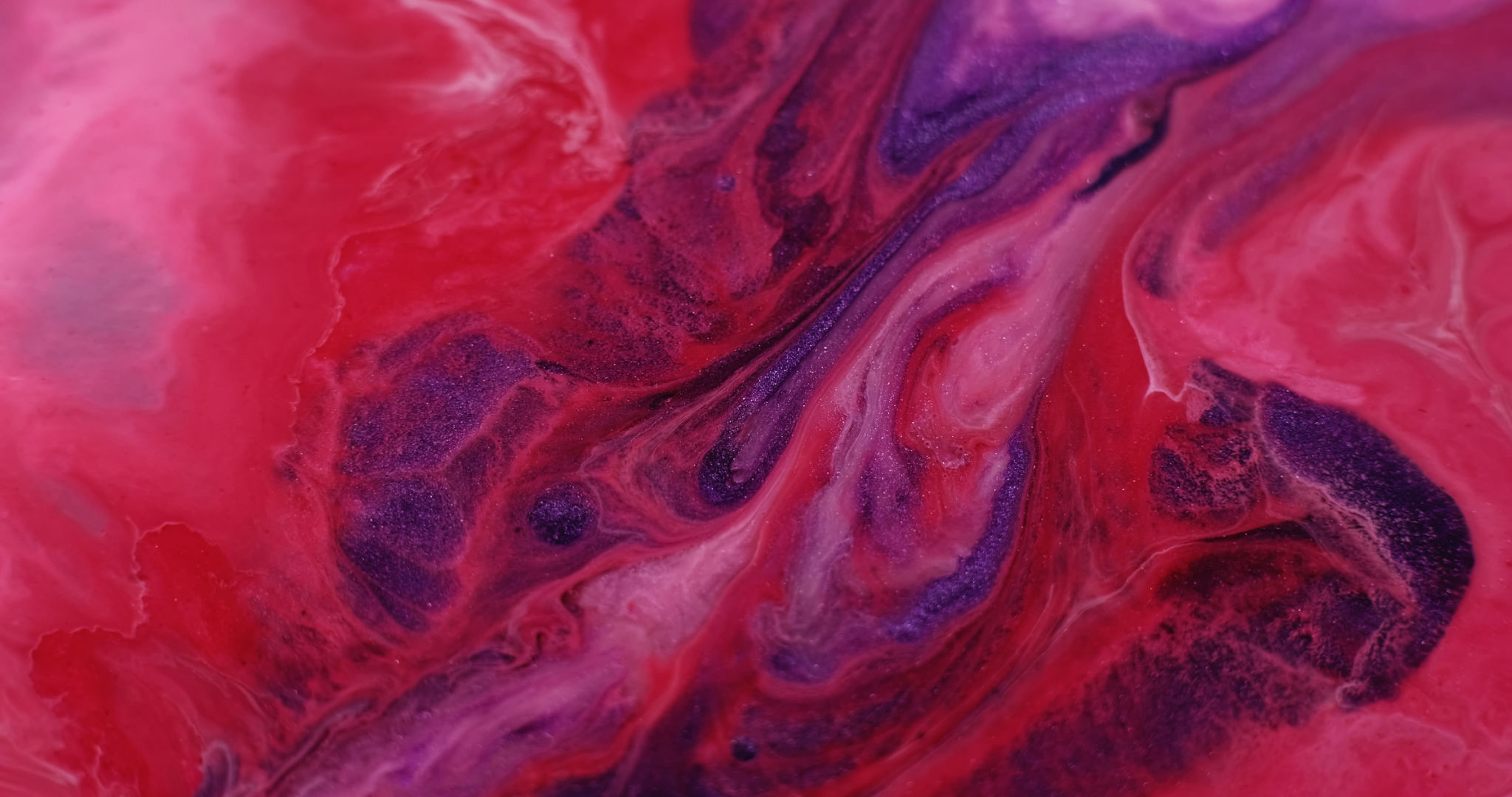Common Mistakes in House Painting and How to Avoid Them
Choosing the Wrong Paint
One of the most common mistakes in house painting is selecting the wrong type of paint. Different surfaces require different types of paint, and using the incorrect one can lead to poor adhesion, peeling, and a finish that doesn't last. Before you begin painting, it's essential to research and select the appropriate paint for your specific surface, whether it's interior walls, exterior siding, or trim.

How to Avoid It
To avoid this mistake, consult with a professional or a knowledgeable staff member at your local paint store. They can guide you on the best type of paint for your project. Additionally, always check the paint label for recommended uses and durability information.
Skipping Surface Preparation
Another frequent error is neglecting proper surface preparation. Painting over dirty, greasy, or uneven surfaces can lead to an unsightly finish and significantly reduce the longevity of your paint job. Proper preparation is crucial for achieving a smooth and durable result.
How to Avoid It
Ensure that you clean and repair surfaces before painting. This includes removing dust, dirt, and grease, as well as filling in cracks or holes. Sanding rough spots will also help create a uniform surface for paint application. Taking these extra steps can make a significant difference in the final outcome.

Using Low-Quality Tools
Using low-quality brushes and rollers is another mistake that can compromise your painting results. Cheap tools often shed bristles or don't apply paint evenly, leading to streaks or an uneven finish.
How to Avoid It
Invest in high-quality brushes and rollers that are suitable for your type of paint. While they may cost more upfront, they will provide a better finish and save you time in the long run. Look for tools specifically designed for the surface you are painting, such as angled brushes for corners and edges.
Ignoring Weather Conditions
For exterior painting projects, ignoring weather conditions can result in poor adhesion and other issues. Painting on a hot, windy day can cause paint to dry too quickly, while painting in high humidity can prevent it from drying properly.

How to Avoid It
Check the weather forecast before starting your exterior painting project. Aim for mild days with low humidity and little wind. If necessary, adjust your schedule to accommodate favorable weather conditions to ensure a durable and even finish.
Not Using Primer
Skipping primer is a mistake that can lead to uneven color and poor adhesion. Primer helps create a smooth base for the paint to adhere to and enhances the overall appearance of your paint job.
How to Avoid It
Always use a primer when working with new surfaces or when making drastic color changes. For previously painted surfaces in good condition, you might be able to use a paint-and-primer-in-one product. However, when in doubt, applying a separate primer coat is always a safe bet.
